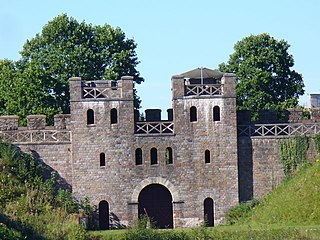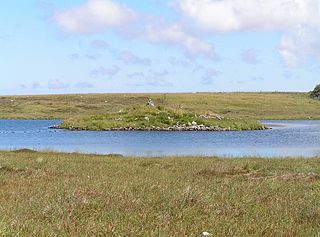 W
W-abad is a suffix that forms part of many west, central and south Asian city names originally derived from the Persian language term ābād (آباد), meaning "cultivated place", and commonly attached to the name of the city's founder or patron.
 W
WBrisbane suburb names with Aboriginal names show that some Australian Aboriginal languages are still preserved today, in the form of placenames. Similarly, F. J. Watson explains the meanings of Queensland suburb names.
 W
WCaer is a placename element in Welsh meaning "stronghold", "fortress", or "citadel", roughly equivalent to an Old English suffix (-ceaster) now variously written as -caster, -cester, and -chester.
 W
WThe English place-name Chester, and the suffixes -chester, -caster and -cester, are commonly indications that the place is the site of a Roman castrum, meaning a military camp or fort, but it can also apply to the site of a pre-historic fort. Names ending in -cester are nearly always reduced to -ster when spoken, the exception being "Cirencester", which is pronounced in full. The pronunciation of names ending in -chester or -caster is regular.
 W
WA dun is an ancient or medieval fort. In Ireland and Britain it is mainly a kind of hillfort and also a kind of Atlantic roundhouse. The term comes from Irish dún or Scottish Gaelic dùn, and is cognate with Old Welsh din.
 W
WA ford is a shallow place with good footing where a river or stream may be crossed by wading, or inside a vehicle getting its wheels wet. A ford may occur naturally or be constructed. Fords may be impassable during high water. A low water crossing is a low bridge that allows crossing over a river or stream when water is low but may be covered by deep water when the river is high.
 W
W-hay is a place-name word-ending common in England. It derives from the Old English word hege or haga, Middle English heie, in Icelandic hagi, meaning "an enclosed field", and is from the same root as the English word "hedge", a structure which surrounds and encloses an area of land, from the Norman-French haie, "a hedge". Haw and Hay are cognate and both mean "hedge".
 W
W-hou or hou is a place-name element found commonly in the Norman toponymy of the Channel Islands and continental Normandy.
 W
WThe suffix -stan has the meaning of "a place abounding in" or "a place where anything abounds" in Persian language. It appears in the names of many regions in Iran, Afghanistan, and Central and South Asia, as well as in the Caucasus and Russia.
 W
WA torp is, in modern usage, the emblematic Swedish summer house, a small cottage painted Falu red and white, and evidence of the way in which urbanization came quite late to all of Scandinavia. In the meaning of "simple second home", the concept exists under other names in Danish and Norwegian and Finnish (mökki).
 W
W-up is a suffix commonly found in place names in south western Western Australia.